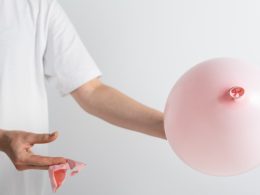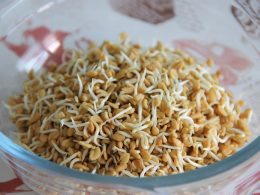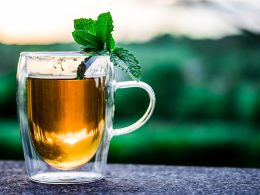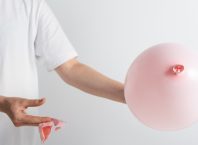Table of Contents
Putting the pictures side-by-side you won’t be able to differentiate. Their results might be the same, but the practices used by expert physios are different for both.
Before getting into the differences, first, you need to understand what these techniques are:
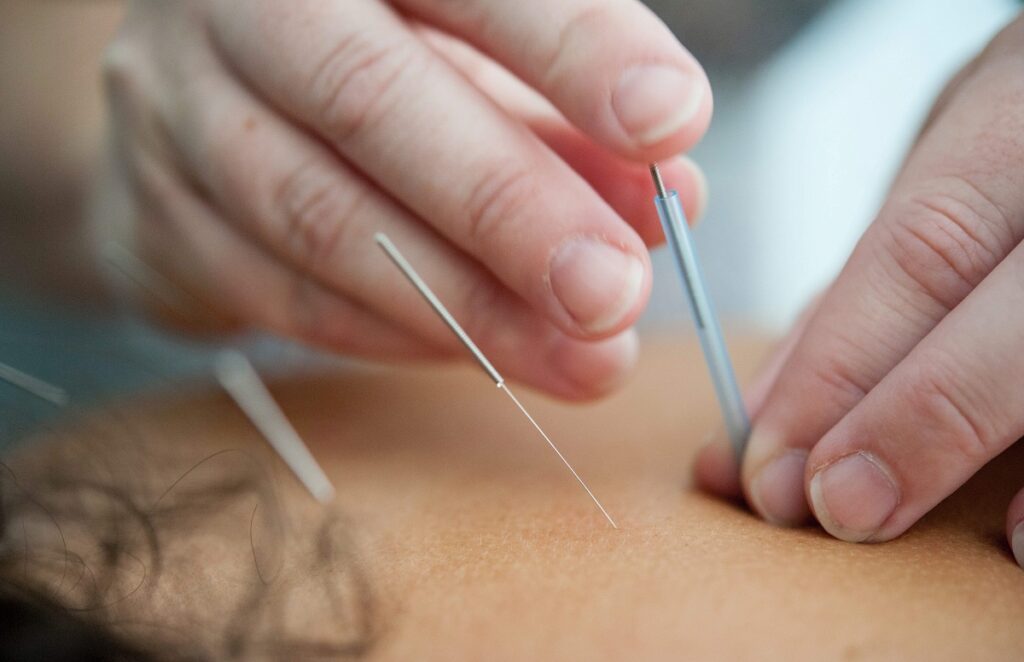
Dry Needling
The primary purpose of this treatment is to relieve cramps and muscular pains. You can also improve the flexibility of a person by releasing tension in the muscles. A physio inserts thin and stainless steel needles into the pressure points, otherwise known as trigger points, where all the knots are built-up. You have to leave the thin needle in your muscles for about 10-30 minutes.
Typically, this technique is used by experts on players. As it doesn’t have any strict guidelines, anyone can perform this treatment with minimal training. Furthermore, you don’t need a license to perform this treatment.
Type of Dry Needling
The most common types of dry needling used in physiotherapy in Edmonton include,
In And Out Technique
This form of technique includes quick insertion and taking out of the needles. A therapist will insert the needle in the trigger points and then quickly takes it out. This treatment has shown positive results in a few cases, so it isn’t that effective.
- Non-trigger Point Technique
As the name suggests, the therapist inserts the needles in the surrounding muscle instead of the actual trigger point.
Benefits
This treatment has various advantages, including
- Relieving muscle pain and cramps at the instant
- Improving flexibility
- Increasing the range of motion
Side Effects
Minimal side effects are quite usual with this treatment that includes,
- Bruising
- Bleeding
- Temporary soreness
It is a pretty safe procedure. Just make sure your therapist uses the sterile needles like experts at Regenerate Shockwave Therapy do. Otherwise, you will get exposed to diseases like bloodborne illness and severe infections.
Acupuncture
This ancient technique is to relieve stress and pain by opening up the energy flow. The experts use long and thin needles to stimulate the nerves that, in turn, reduce the pain. The fundamental concept of this treatment performed by a physio in Edmonton is that the pain is generated when a person has blocked chi, which is essential for healing the body. Acupuncture helps to unblock this chi to restore the balance of the body.
The most common issues treated with this technique include,
- Muscle aches
- Headache
- Depression
- Labour-related pain
- Knee pain
This form of treatment requires strict training, and you cannot practice it without a license.
Benefits
The treatment comes with various benefits. The list comprises of the following,
- Reduces stress
- Helps with neck & back pain
- Minimize the eye strain
- It helps to improve the immune system
- Promotes allergy relief
- Better mental clarity
Side Effects
Among various benefits, there are few side effects that the patient has to bear after the treatment.
- Temporary soreness
- Bleeding
- Bruising
These effects are minimal and temporary, so they shouldn’t stop you from getting the treatment.
Which One Is Better?
While deciding which treatment to get, it may come down to the preference of a person. The goal of both treatments is the same. They help in relieving muscle pain and tightness. The differences between these two treatments offered in expert physiotherapy clinic include,
- The procedure of acupuncture is well-regulated, whereas dry needling came into existence recently
- Acupuncture has strict rules about insertion points to stimulate blood flow, whereas dry needling has no strict guidelines that make the patients more prone to side-effects
- The dry needling has been performed on a few patients in comparison to acupuncture, and it has shown promising results
Before choosing any of the above treatments, consult a specialist or a doctor. They can help and guide you to see if you qualify for either of them or not.




